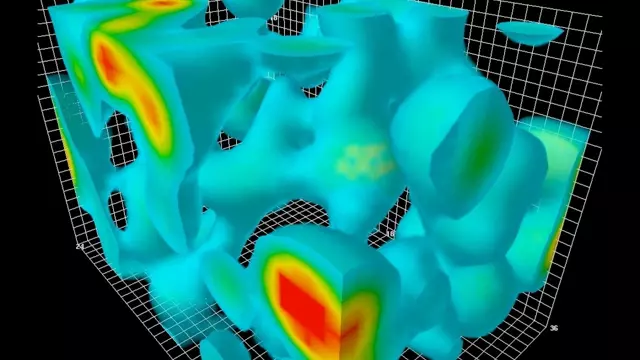2013-04-30
[public] 2.23M views, 63.6K likes, 767 dislikes audio only
An atom is mostly empty space, but empty space is mostly not empty. The reason it looks empty is because electrons and photons don't interact with the stuff that is there, quark and gluon field fluctuations.
It actually takes energy to clear out space and make a true 'empty' vacuum. This seems incredibly counter-intuitive but we can make an analogy to a permanent magnet. When at low energies, like at room temperature, there is a magnetic field around the magnet due to the alignment of all the magnetic moments of the atoms. But if you add some energy to it by heating it, the particles gain thermal energy, which above the Curie temperature makes their magnetic moments randomly oriented and hence destroying the magnetic field. So in this case energy is needed to clear out the field, just as in the quantum vacuum.
Special thanks to Professor Derek Leinweber, find out more about his research here: http://bit.ly/ZZTKFP

